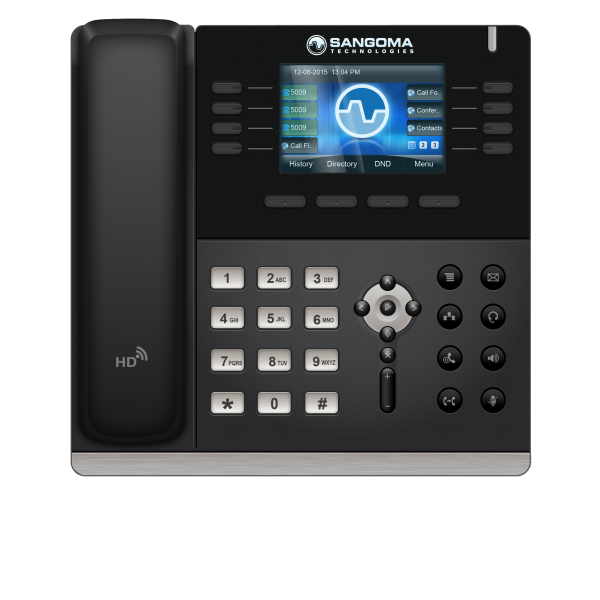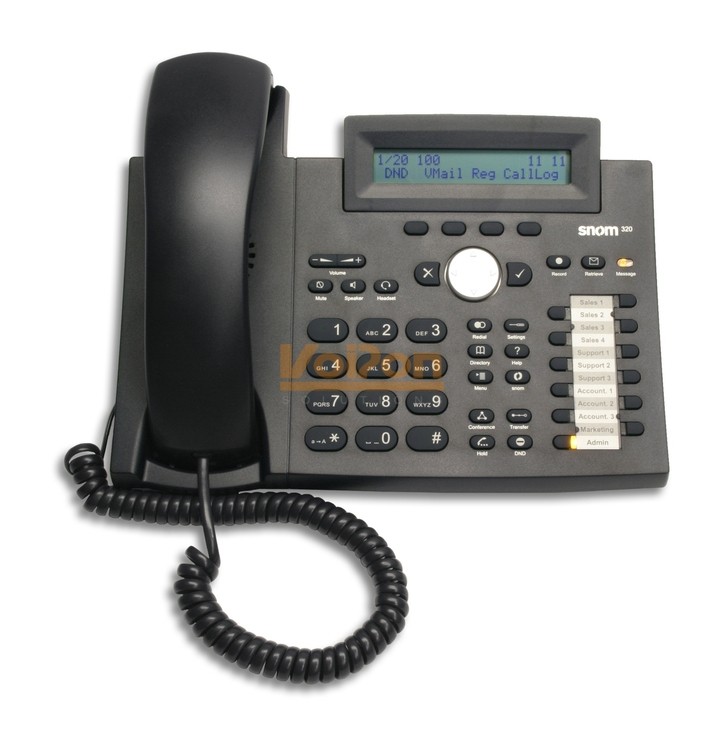Phones - Desk and Work Area
Introduction
The desk and work area phones are the majority of the phones and
are the topic discussed.
Which phones should be purchased? This depends on
- location - where are the phones going to be used?
- requirements
- phone features
Location
Phones are:
- desk phones
- power users
- regular users
- work area phones
The work area phones can be simple and reduced features.
The regular desk phone users only need a work area phone for their
desk. The power users need the extra flexibility to
facilitate their job.
Phone Requirements
- all users
- manage up to 8 simultaneous calls
- page site
- intercom door
- 2 lines to allow a call on hold plus a line place another
call
- retrieve email
- DND
- power users
- page 1m, SDSS, 3.5m and common phones
- manage conference rooms
- contact lists
- handling multiple calls in parallel
- work area phones
- phone IT management
- freepbx end point manager supports the phone
- support a few phones covering most needs
- phones should be easy to provision
Phone Features
- Lines - each line to a phone supports one phone call.
For example, a conference call with 5 lines supports 6
callers. Most users need 2 lines.
- BLF Function Keys - programmable busy lamp field buttons with
LED.
- Programmable soft buttons
- Gigabit network
Phones Tested
Discussion
The requirement that a simple phone has access to all 8 lines to
simulate an old key system limits the number of SIP phones
available. It forces phones to have a high line count.
A simple phone is carefully setup for just a few simple functions
with little or no growth for new features.
Because phones broadly fall into simple phones and power user
phones, this gives some flexibility when buying a phone. The
flexible, power user, desk phone is now becoming more like the
cell phone with a better interface, programmable, customizable,
and able to handle large volumes of calls. By using the PBX
computer to switch just the calls a user needs, and a smart phone
to display just the active calls, a phone does not need a all the
lines. The smart phone is extensible and can handle from 8
lines to hundreds of lines without changes.
Users should be given the choice to choose between a simple phone
and a power user phone.
Sangoma S500
2016 model Sangoma SIP 500 power user phone
- phone applications
- conference management
- parking lot
- contact list
- 5-way conference
- gigabit network interface
- expandible with new applications
- 36 soft programmable buttons and multiple pages of
content. Buttons are used to navigate the phone's
features.
- fully integrated with freepbx
- provisioning is extremely simple
- can be reloaded and rebooted from freepbx
- HD sound
- Sangoma a long time VOIP manufacturer

Snom S320
This is a simple phone that is an older generation SIP phone from
about 2010. The Snom 320 phone has 12 programmable
buttons and is simple like the old key phone system. This is a
well built phone that can stand up to hard wear.



